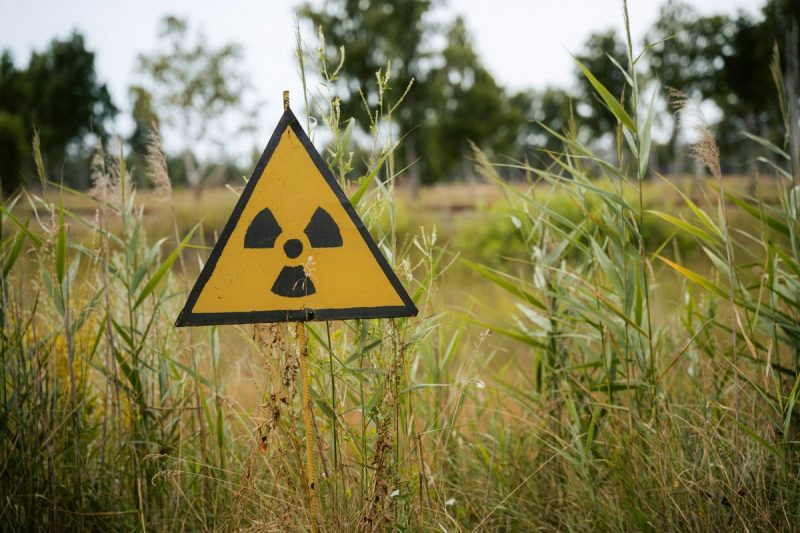Nuclear-powered aircraft have long been a technological vision, but have not yet progressed beyond the experimental stage. Throughout the history of aviation, there have been various projects and concepts aimed at developing nuclear-powered aircraft. Some of these were ambitious, but they failed for a variety of reasons, including technical challenges, security concerns and political decisions.
An early project was the US “Nuclear Energy for the Propulsion of Aircraft” (NEPA) program in the 1940s and 1950s. The goal was to develop an aircraft with a nuclear jet engine. However, the project was canceled before a flyable model could be built, largely due to concerns about radiation exposure to pilots and passengers and the difficulties of handling radioactive material.
Another well-known project was the US Air Force's “Project Pluto” in the late 1950s. This was a nuclear ramjet engine that was intended to be used as a cruise missile. Although the project made some technological advances, it was eventually canceled, mainly due to the enormous safety risks and the inability to land the aircraft in a controlled manner.
In the 1960s, the Soviets also explored the possibility of nuclear-powered aircraft. The Tupolev Tu-119 project was supposed to be a passenger aircraft with a nuclear jet engine. However, it was never realized beyond the concept stage, presumably due to similar safety concerns and technical challenges.
So why isn't there a single nuclear-powered passenger aircraft? The reasons are varied. On the one hand, the technical challenges are enormous. Developing a reliable and safe nuclear propulsion system for an aircraft is extremely complex and requires advanced technologies and extensive safety measures. On the other hand, the security risks are immense. A plane crash or damage to the nuclear propulsion system could lead to radioactive contamination of the ground and the surrounding area, which would have devastating effects on the environment and human health.
Radiation exposure to passengers and crew would be another significant risk. Even if the nuclear material were safely encapsulated, there is always the risk of leaks or accidents during flight. Exposure to ionizing radiation could lead to serious health effects, including cancer and genetic mutations.
A nuclear-powered aircraft would also be an attractive target for terrorist attacks or acts of sabotage. The possibility of misusing radioactive material to create weapons of mass destruction would be a serious security threat.
Given these enormous technical, safety and political challenges, it is not surprising that not a single nuclear-powered passenger aircraft has been developed to date. The risks and concerns far outweigh the potential benefits.
Nuclear-powered trains and cars were also planned
Although nuclear-powered aircraft have not yet been realized, there have also been projects investigating the possibility of nuclear propulsion for trains and cars. A well-known example is the “Ford Nucleon”, a concept car from the 1950s that was supposed to be powered by a small nuclear reactor. The project never materialized, largely due to the same safety concerns and technical challenges as aircraft.
Another project was the "Supertrain", a high-speed train proposed by the US government in the 1970s. This train was to be equipped with a nuclear propulsion system to achieve high speeds. However, the project was never implemented, mainly due to high costs and concerns about safety and environmental impact.
In recent years there have also been discussions about the possibility of nuclear propulsion for spacecraft and ships. Some experts believe that advances in nuclear energy technology and increasing problems with conventional fuels could make the development of nuclear-powered transportation more attractive. However, safety and environmental concerns remain, making the realization of such projects unlikely.







 trail (for them it's free to use)
trail (for them it's free to use)